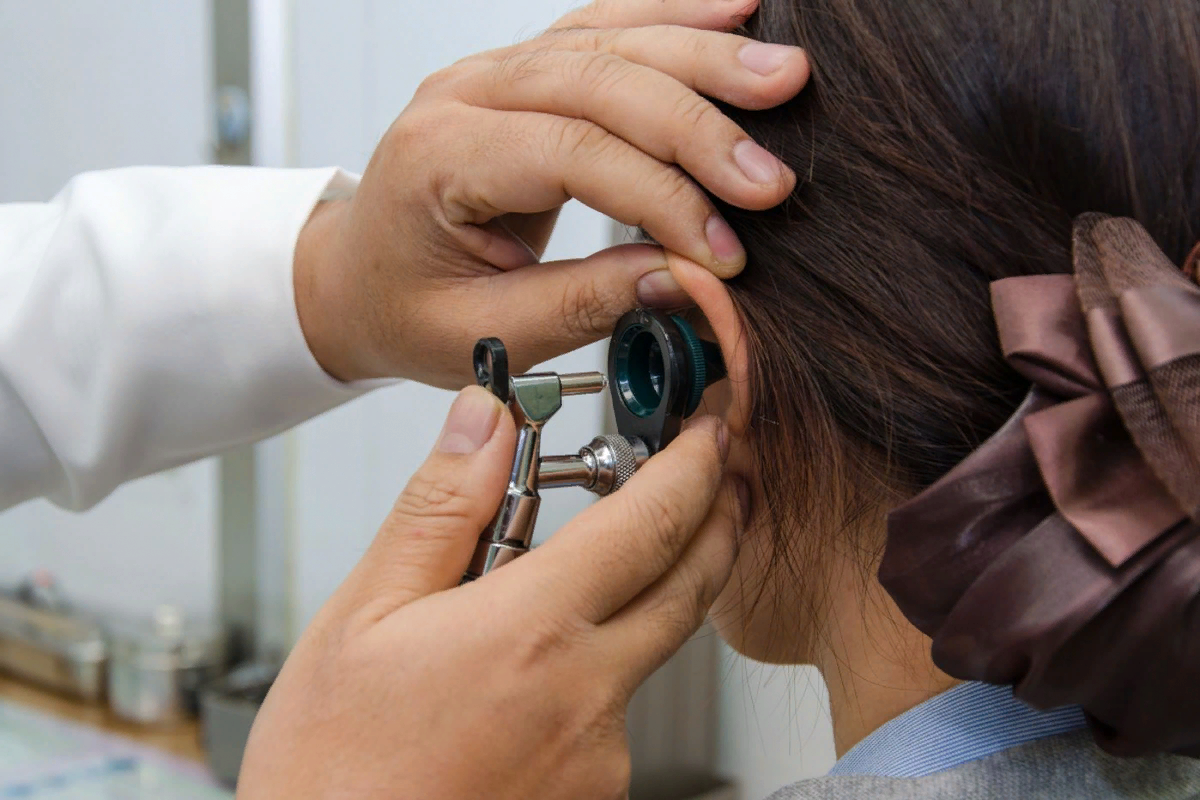There are many types of hearing aids to meet different needs, levels of hearing loss, and comfort levels.
Book an appointment
Visit us at one of our clinics
Find a clinic near you
1) Behind-the-Ear (BTE)
Worn behind the ear, with a tube that goes to an earmold or dome
Good for people of all ages and stages of hearing loss
Strong and easy to use
Can have features like Bluetooth, directional microphones, and batteries that can be charged again.
2) In-the-Ear (ITE)
Fits perfectly in the outer ear
Good for people with mild to severe hearing loss
Easier to use than smaller models
May be seen but lasts longer on battery
3) In-the-Canal (ITC)
Part of it fits in the ear canal
Good for people with mild to moderate hearing loss
Less noticeable than ITE
Less features and a smaller battery
4) Completely-in-the-Canal (CIC)
Fits deep inside the ear canal
Almost invisible
Good for people who have mild to moderate hearing loss
Small size means fewer features
Earwax or moisture may have an effect on it.
5) Receiver-in-Canal (RIC) and Receiver-in-the-Ear (RITE)
Like BTE, but the speaker (receiver) is inside the ear canal.
Thin, light, and sounds more natural
Good for people with mild to severe hearing loss
A modern and popular choice
6) Bone-Anchored Hearing Aids (BAHA)
Used when problems with the middle or outer ear cause hearing loss
Vibrations go through the skull bone to the ear canal.
Needs a small operation to put the gadget in place
Best for conductive hearing loss or hearing loss in one ear
7) CROS and BiCROS Hearing Aids
CROS stands for "Contralateral Routing of Signals." It is used for those who are deaf in one ear.
BiCROS: For people who have hearing loss in both ears, but one is worse than the other moves sound from the ear that does not hear to the ear that does hear better

Hearing loss, also called hearing impairment, is when you do not hear well in one ear (unilateral) or both ears (bilateral). It is not only a lack of sensory input; it is a complex problem that affects communication, cognitive development, emotional health, and social integration. Depending on the cause, location, and severity, hearing loss can be temporary or permanent, mild or severe.